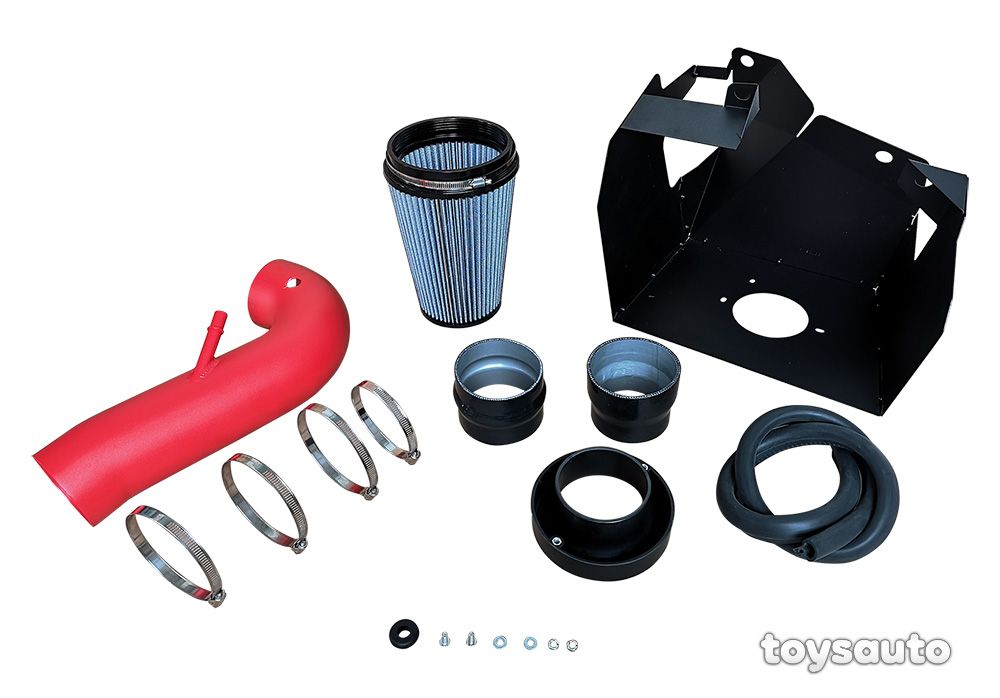

As will be shown in section 4.4, the maximum 2D density of isolated devices with regular connectivity is 1/8 a 2, and for a ∼ 60 nm, only 32 devices (bit) could be placed on the 1×1-μm area, which is insufficient for any practical memory. 4.9, the smallest DRAM feature size for a 1-μm-sized microsystem is ∼60 nm. Obviously, such a tall element doesn’t fit the 1–10-μm nanomorphic cell.
#Dynamic ram pressure full
4.9 (the calculations are straightforward based on the capacitor geometry, and we leave them to the reader the full information needed can be found in. For this limiting case, the capacitor must be very tall, with the height H cap approaching ∼100 μm, as can be seen in the plot in Fig. According to, a theoretically minimal capacitor insulator thickness is d c∼5 nm, and the minimum external dimensions of the cell capacitor are >10 nm. 4.9b), and its capacitance depends on two nonscalable parameters of the capacitor insulator: the thickness d c, which is limited by tunneling leakage current between the electrodes, and the dielectric constant, which is determined by materials physics as was discussed in Chapter 3 (e.g., the maximum dielectric constant that can be realized in stable materials structure is ∼300 for single-crystal SrTiO 3). A cylindrical cup cell capacitor is typically used ( Fig. The main factor limiting DRAM scalability is the cell capacitor. DRAM cell: (a) schematic electrical diagram, (b) DRAM cell cross section, (c) energy barrier diagram.


 0 kommentar(er)
0 kommentar(er)
